The material handling process is the backbone of industrial and warehouse operations. It involves the movement, protection, storage, and control of goods throughout their lifecycle, from raw materials to finished products. Whether relying on manual material handling tools or automated material handling systems, the goal is to maximize efficiency, reduce costs, and ensure workplace safety.
In today’s industries, material handling extends far beyond lifting and transporting—it covers planning, designing, and implementing systems that improve productivity in manufacturing, logistics, construction, and the food industry.
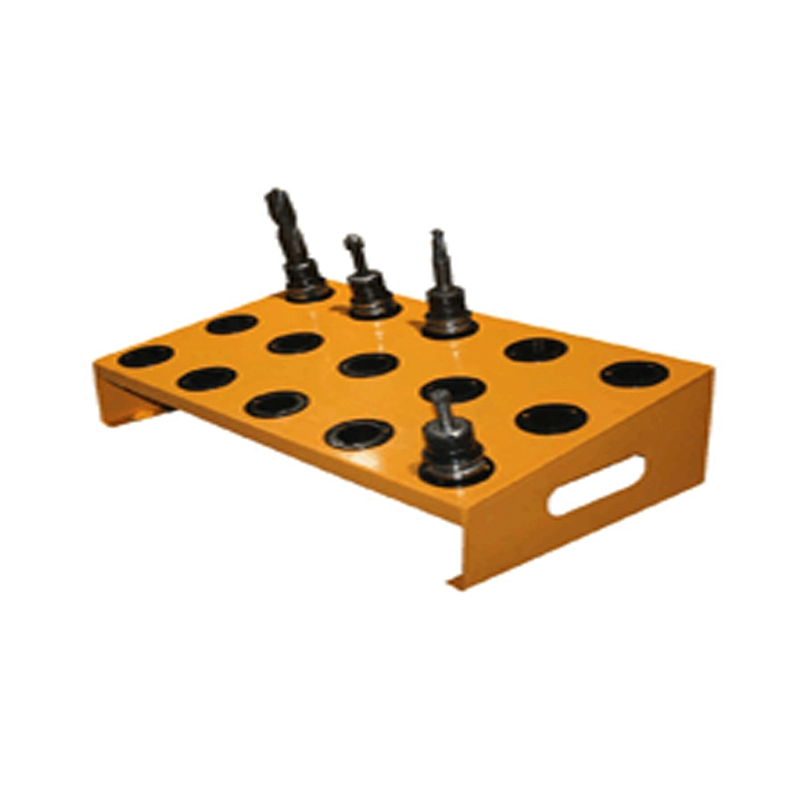
Table of Contents
ToggleKey Stages of the Material Handling Process
The material handling process is usually divided into four essential stages:
1. Loading and Unloading
This stage involves the safe transfer of materials, often using forklifts for material handling, cranes and hoists, or Aardwolf slab lifters. Workers must follow strict safety practices to prevent injuries.
2. Movement and Transportation
Materials are transported using conveyors for material handling, warehouse carts and trolleys, or advanced overhead material handling systems. In industries like stone transport, sustainable frames have redefined efficiency and safety.
3. Storage and Organization
Once materials reach warehouses or production lines, they are stored using bulk material handling systems, racks, or automated storage solutions. This is where industrial material handling solutions reduce clutter and maximize space.
4. Distribution and Retrieval
The final stage ensures smooth movement of goods into production or distribution channels. This is often supported by automated material handling systems that optimize speed while reducing human labor.
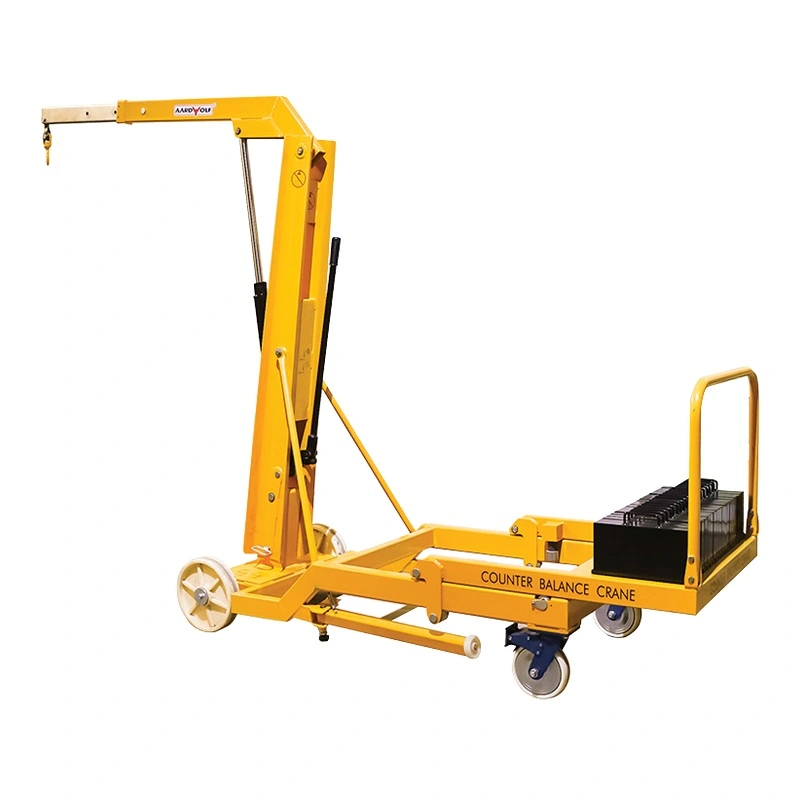
Why the Material Handling Process Matters
- Operational Efficiency – Streamlined handling saves time and improves output.
- Worker Safety – Proper use of vacuum lifters and lifting tools prevents accidents.
- Cost Reduction – Eliminating inefficiencies cuts logistics and storage expenses.
- Quality Control – Minimizing mishandling ensures goods reach customers in optimal condition.
- Sustainability – Modern solutions, such as low-cost systems for small businesses, reduce waste and energy use.
Material Handling Equipment in the Process
The process integrates different types of material handling equipment:
- Manual material handling tools – dollies, pallet jacks, and hand trolleys.
- Warehouse material handling equipment – forklifts, conveyors, carts.
- Automated systems – robotics, AGVs, and smart conveyors.
- Specialized equipment – jib cranes for precise lifting, and pharmaceutical handling systems for sterile environments.
- Heavy-duty solutions – overhead cranes and bulk material systems for large-scale industries.
For more details, see What Is Bulk Material Handling Equipment?.
Safety in the Material Handling Process
Safety is central to the material handling process. Training programs and strict adherence to material handling safety standards reduce risks. Workers are also encouraged to wear suitable attire and avoid hazards, as outlined in Loose Clothing Is Best to Wear When Handling Material?.
Safety tips include:
- Using the best material handling equipment for warehouses to reduce strain.
- Following safety tips for manual handling to prevent musculoskeletal injuries.
- Choosing the right equipment for each task.
Optimizing the Material Handling Process
To improve operations, organizations should:
- Invest in automated vs manual material handling systems based on business scale.
- Apply material handling system design considerations for smoother workflows.
- Partner with reliable material handling equipment manufacturers to source durable solutions.
- Consider how material handling impacts the human labor force to balance automation and employment.
Conclusion
So, what is the material handling process? It is the organized system that ensures materials are moved safely, stored efficiently, and delivered on time. Whether through bulk material handling systems or warehouse equipment, this process keeps modern supply chains running smoothly.
For industries ranging from construction to food and pharmaceuticals, mastering the material handling process leads to improved efficiency, lower costs, and safer workplaces.
✅ Related Resources
- ToolRange – Reliable material handling equipment suppliers
- Stone Transport Frames for Efficiency
- What Is Material Handling?
- What Is a Material Handling Job?

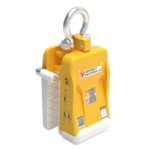
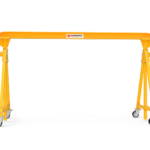
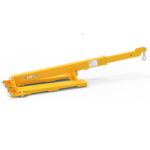
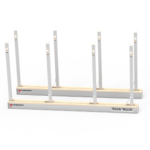
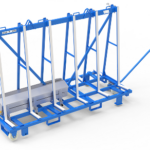

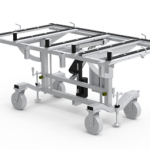
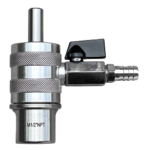
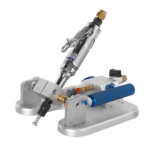
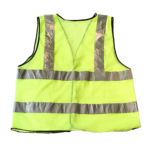



.gif)
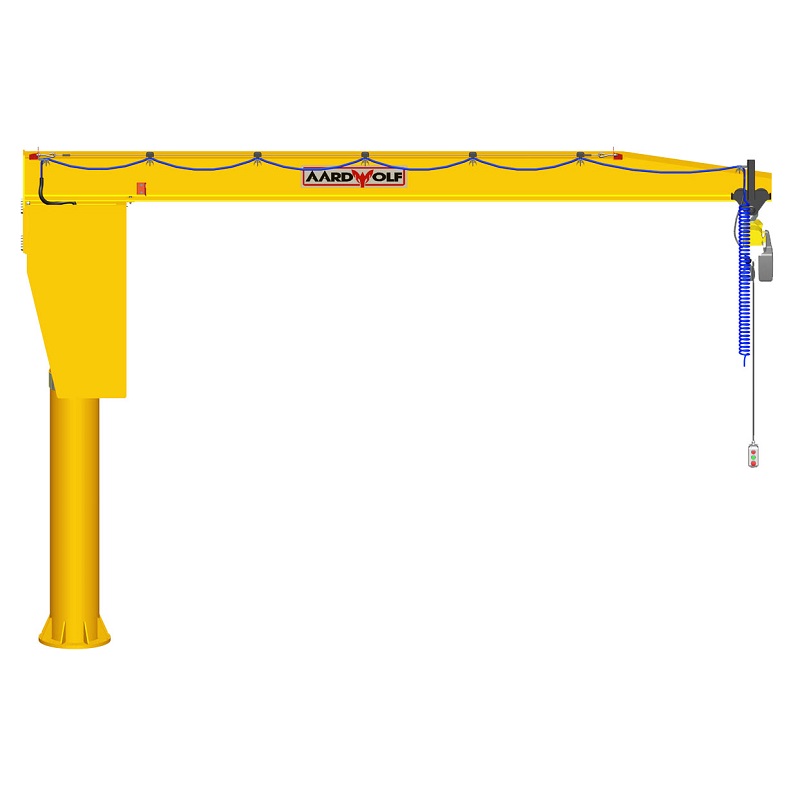


Please log in to leave a comment.